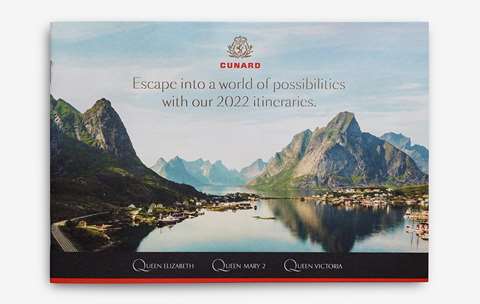Malcolm Auld - seasoned marketer, author, blogger and lecturer at university
And he was right about the importance of the headline – or key visual. The headline is the most important part of any marketing message, for it must grab the prospect’s attention. If it fails to do so, the rest of the message is irrelevant – your money has been wasted. Getting the prospect’s attention is the first aim of any marketing message. This is how’s it’s been forever and it won’t change, ever.
In fact, one of the first documented models for structuring advertising that is still taught in universities today is AIDA – Attention, Interest, Desire, Action. The model was proposed in 1898 by Elias St Elmo Lewis. He was an advertising advocate who wrote and spoke often about advertising's potential. This model describes a series of steps or stages that customers follow when making purchasing decisions.
In 1925 US psychologist Edward Kellogg Strong Jr. gave further credence to the model, when he referred to AIDA in his book The Psychology of Selling and Advertising.
The model has remained unchanged ever since, though my business partner and world-renowned marketer, Drayton Bird, does use a version AIDCA, which adds “Conviction” to the model, as it helps when developing direct response advertising.
Marketers are a strange lot
We’re always trying to find new labels for models or techniques that have worked for decades. We don’t like to think that marketing practices remain relatively constant, despite changes in technology. We want to appear innovative and at the forefront of change, even if change is unnecessary, or the new label doesn’t improve on the existing practice.
After all, consumers haven’t changed. They still buy and use goods and services from those who supply them, albeit via a broader range of media. As advertising creative legend Bill Bernbach said:
“It took millions of years for man’s instincts to develop. It will take millions more for them to even vary. It is fashionable to talk about changing man. A communicator must be concerned with unchanging man. With his obsessive drive to survive, to be admired, to succeed, to love, to take care of his own.”
Which leads me to the recent discussions around attention in advertising – particularly in relation to online advertising. Marketers are trying to define what warrants as having achieved attention, as against viewability.








